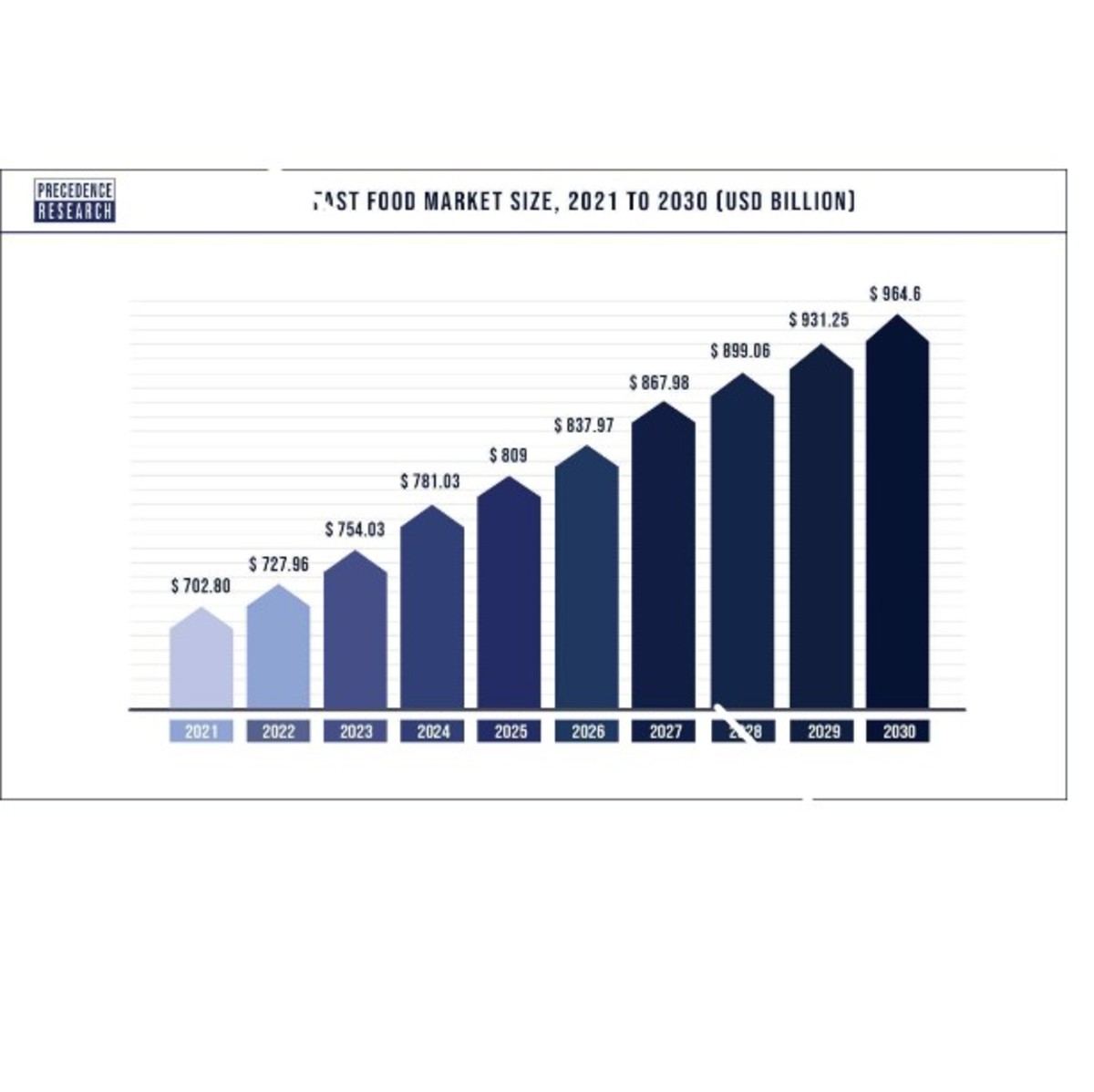The Aging Factors In Our Food

It doesn't take a rocket scientist to figure out that our bodies change as we age. The older we get, the more difficult it becomes to do the things we did as a kid. By the time we are into our 50's, we notice we can no longer do some of the things we did at 35. With each successive decade of aging, we lose more and more ability to engage in the activities of our younger years. Along with the loss of abilities, health issues crop up, one feeding on another, until it seems our senior years are spent just trying to stay healthy enough to wake up the next morning.
Research has shown us there is a scientific reason for humans to age. We are made up of cells which are designed to divide and multiply. Chromosomes containing all our genetic information are carried within each cell. When a cell divides, the chromosomes replicate themselves and split. Every time a cell divides, caps on the end of the chromosome (telomeres) get shorter, eventually diminishing completely. The chromosome then frays, leading to death of the cell. As more and more cells die, reducing the number of cells able to divide, we begin to show signs of aging.
Our personal genetics determine just how long we may live to be. However, our lifestyles will definitely alter our longevity. It won't matter if your ancestors all lived to be a 100, if you mistreat your body, you will shorten your lifespan. Depending on your personal genetics and just how much mistreatment you subject yourself to, will determine if you live to be 100 like those ancestors, or only reach 40.
Over the last few years, genetic research has brought about a better understanding of genes and how they may operate. We may have a long family history of cancer or heart disease, making us a high risk for developing the conditions ourselves, but we now know that in addition to having the genes, we also must be subjected to the “trigger” that activates them. Currently, there is very little understanding about triggers, and research is being conducted to discover what specific environments, activities, and behaviors may cause genes to kick into gear. At this time, no one knows if a specific trigger is necessary, or if a conglomeration of triggers react in a type of chain reaction to cause the genes to go into production. Given the multitude of diseases and conditions, it's unlikely that we will be able to discover everything there is to know about each individual case.
Why are more and more Americans being diagnosed with various diseases or listed as disabled? As of 2005, the US Census Bureau reported one out of every 5 Americans as being disabled in one form or another, and while not all were found to be severely disabled, 35 million were. Of the 54 million disabled persons, 18 million were 65 or older, translating to a little over 33%. The numbers will climb rapidly as Baby Boomers continue to age.
You might shrug at this piece of information, figuring that it only makes sense for the numbers to grow in relation to the growing number of people reaching their senior years. But is age the real culprit? Consider this: Over 700 thousand children under the age of 5 were also reported as disabled. Unless extremely severe and obvious, most disabilities in children are not diagnosed before school age. Clearly, with aging, even beginning from the earliest years, there is a likelihood of increases in the number of disabled people. The real measure of increase is in the percentages, not the raw numbers.
Though life expectancy in the US has increased, it hasn't been accompanied by more years of productivity and good health. Research conducted by Eileen Crimmins at the University of Southern California shows that the period of life spent suffering serious disease and loss of mobility, has actually increased over the last several decades. Her research gives proof that the average number of years spent in a healthy state have been decreasing since 1998. So even though we are living longer, we are spending even more time and money fighting disease and illness.
Common health problems and ailments affecting us as we age are issues with blood pressure, heart, diabetes, joint pains and illnesses, kidney infections, cancer, stroke, prostate enlargement, osteoporosis, eye diseases, and skin care. The process of aging affects every area of our bodies and our lives, and it hits the wallet hard.

The question is why? Why are we experiencing so many more years of illness if technology and advances in health care have made it possible for us to live longer? Some believe we're living longer due to being kept alive through “artificial” methods. Questions have been raised as to whether performing surgeries and prescribing medications to prolong life is not actually a disservice to those who are being forced to suffer through more years of painful living. There may be another reason for our illnesses, and age may not have a whole lot to do with it.
The older our systems become through chronological aging, the less capable they are of fighting off disease and illness, and just like the youngest generation, the senior generation has lowered tolerance and capabilities for handling toxins. How much of our impaired abilities are actually being brought on by the food we are consuming? Are we in a vicious cycle of attempting to eat all the “right” foods only to be thwarted by the chemicals our government allows to be injected or fed to that potential food? Are we destroying our immune and endocrine systems by ingesting these chemicals to begin with, and then suffering the results of still lowered abilities until one day, we just die from “old age” related illnesses?
Since the 1930's farmers and livestock breeders who raise animals for slaughter have been looking for ways to improve their yields. Injecting or feeding hormones to farm animals raised for slaughter first began in the 1930's. And then there is the issue of food additives, which are intended to change food prior to reaching the consumer. They include flavorings used to change taste, colorings to change appearance, and preservatives which extend the shelf life by prohibiting spoilage or discoloration. Some additives come in the form of vitamins and minerals meant to enrich the food with more nourishing nutrients. Even packaging is considered an indirect food additive since many kinds of packaging can add substances to the food contained inside. With the introduction of more and more processed foods in the latter half of the 20th century, more additives and preservatives have been invented and used in food production.
Currently, the FDA has more than 3,000 additives listed as approved for use in the United States, but just because they have been approved doesn't mean they are not potentially harmful. Additives are broken into three categories: Indirect Food Additives which include all packaging materials that come into contact with the packaged food, Direct Food Additives which include preservatives, flavors and texturizers, and nutritional supplements. The third category is “Color Additives” used to alter color.
Preservatives are also categorized by their intended uses of preventing bacterial or fungal growth, preventing the oxidation which leads to discoloration and rancidity, or inhibiting the natural ripening of fruits and vegetables.
There is but one purpose for the use of flavorings and that is to enhance or change the flavor of processed food which often loses it's flavor in the processing. The more common flavor additives like butter and cheese flavors, as well as sweeteners and fruit flavors can be found in both artificial and natural forms. The only difference between them will depend on the source of the flavor and just how it was derived. To be considered “natural” the source must come from a once living organism, however the flavors are often created by using just as many chemicals as those for artificial flavorings. And though consumers tend to be drawn to products touting their “natural” flavors, they are sometimes more hazardous to humans because of possible impurities which can result from production processes.
Every year the food flavoring business produces $1.5 – 2 billion in annual revenue. While many flavorings can be considered useful and safe for consumption, many more are simply used as a disguise to mask low quality ingredients and change them into something consumers are willing to assume is quality food for mass consumption.
Just because an additive has been approved by the FDA doesn't automatically make it safe and sound. There are known additives which induce allergic reactions. Others have been linked to more serious health issues and illnesses such as cancer, birth defects, heart and respiratory problems. Over the years, there have been many instances of once approved additives being removed from the approval list when their harmful affects caused serious health issues or even death. There are also known dangerous additives remaining on the approval list so long as food processors list them on the packaging. These would include sulfites and MSG.
High-fructose corn syrup (HFCS) has been poisoning Americans since the 1970's. It is a common low cost sweetener used in the production of soft drinks, commercially produced desserts, breakfast cereals, breads, and salad dressings. It is known to increase the risk of obesity, diabetes, hypertension, and atherosclerosis. It's wide-spread use has experts concerned about a metabolic disease epidemic that appears to be gathering steam.
Heart and kidney disease is on the rise, characterized by growing rates of obesity, type 2 diabetes, kidney disease, metabolic syndrome, and hypertension. There is also an alarming rise in new cases of non-alcoholic fatty liver disease. New research is showing that the increasing consumption of fructose is a factor in the development of the metabolic syndrome, which is a group of risk factors that elevate the risk of cardiovascular disease and diabetes. More research shows a link between fructose consumption and it's contribution to obesity and insulin resistance, and encourages kidney stone formation, as well as promoting gout. It is also associated with production of advanced glycation end products which are linked with the complications of the aging process itself.
http://www.lef.org/magazine/mag2008/dec2008_Metabolic-Dangers-of-High-Fructose-Corn-Syrup_01.htm
More From Terri Meredith
- Killer Coffee - brought to you by Donald Rumsfeld
How did the manufacturers of NutraSweet manage to get approval of their compound if it's as dangerous as we are told? The story is a common one where greed and financial power are blended with that of political power. - Biotechnology: Making Cannibalism Affordable
Biotechnology companies have spent years working to convince consumers of the benefits of genetically modified food can provide. Though they've spoken of increased crop yield and pest resistant plants, they never mentioned their intention to use spli - Genetically Modified Foods and the Rise in Allergies
Do GMO's cause allergies? It's been noted by the medical profession that food allergies are on the rise at an alarming pace. The latest figures released by the CDC in 2008 claim an 18% increase between 1997 and 2007. Scientists are seeing the paralle - Are Hormones Contributing To The Obesity Epidemic?
Growing concerns over the issue of ever increasing obesity rates have experts urging Americans to eat healthy and utilize an exercise program. But how easy is it to eat healthy when harmful additives and hormones have become an unwanted but definite
Sodium nitrate can be found in processed meats like bacon, deli meats, salami, ham, bologna, hot dogs, and sausage. This additive causes the formation of cancer-causing chemicals called nitrosamines in the body. They have been linked to colorectal and pancreatic cancer. Research is currently underway to determine the relationship between sodium nitrate and other forms of cancer. 90% of nitrites and nitrates have been determined to be carcinogenic to the human body and it's organs.
A study by the Harvard School of Public Health gave sound evidence that consumption of processed meats increases the risk of heart disease by 42% and diabetes by 19% when compared to other meats with the same saturated fat content which are not processed. There are more studies being performed to determine the link between insulin-dependent diabetes and sodium nitrates. Researchers at Rhode Island Hospital found an important link between increased levels of nitrates in food with the increased deaths from diseases like diabetes mellitus, Parkinson's, and Alzheimer's.
Potassium nitrate is also found in processed meats and is known to lower the oxygen-carrying capacity of the blood, and may combine with other substances to form nitrosamines. There is concern that it has an atrophying effect on the adrenal gland. It is also a substance found in cheese and toothpaste, as well as gunpowder, fireworks, matches, rocket propellants, ceramics, glass, and fertilizers.
Acesulfame-K is an artificial sweetener manufactured by a German chemical company that is 200 times sweeter than sugar. For several years, it was only permitted for use in sugar-free baked goods and chewing gum. In 1998, the FDA approved its use for soft drinks. It has been shown to affect the thyroid in rats, rabbits, and dogs.
With more than 3,000 additives on the approved list, it's impossible to list them all with their known dangers. The best advice to follow is to severely limit your intake of foods containing additives. The only known way to do so in today's world is to eat whole foods you cook yourself. If you must purchase prepackaged foods, read the labels carefully. Generally, if there's an ingredient that is not easy to pronounce, it probably is an additive that might just harm you. Don't be fooled by labels proclaiming “natural” flavors or advertised as low fat healthy alternatives. The best and safest food is food produced the way nature intended it.
Since there are also growing health concerns in connection with pesticides and insecticides being used for growing produce, it's best to avoid any not grown using only non-chemical methods. Many of the chemicals we are consuming have delayed reactions that mask the true culprit of our illnesses. In addition, a large number of them are known to accumulate within the human body until they reach levels which cause harm. Most important of all, educate yourself before putting more poisons into your body. Your symptoms of “aging” might actually be symptoms of being poisoned for decades.
If you found this information helpful, please pass it on by clicking the Tweet, Like, or +1 button provided at the top of the page.






